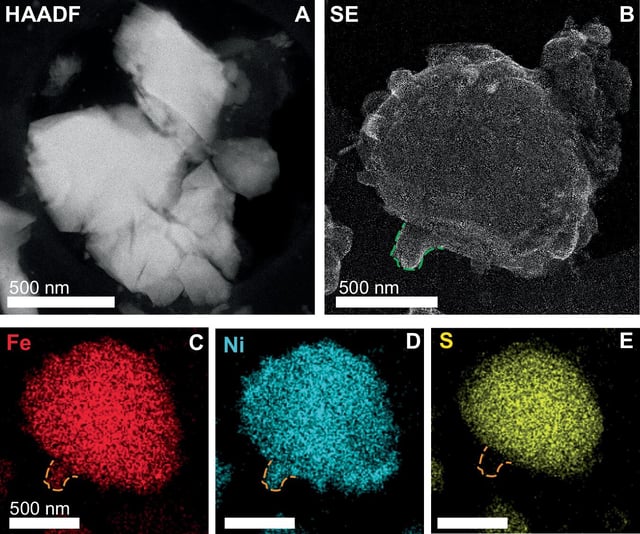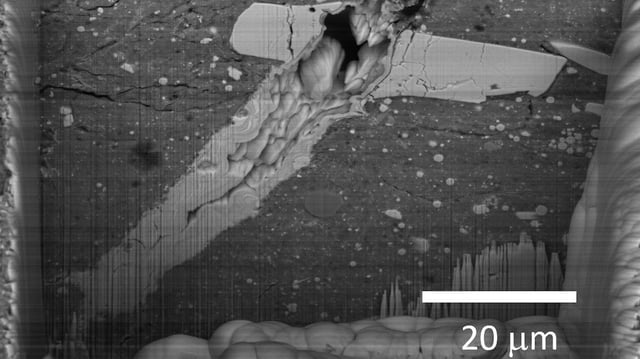Overview
- A peer-reviewed Nature Communications study, part of a trio of new papers, links red-versus-blue spectral slopes on carbonaceous asteroids to how long surface grains have been exposed.
- Returned Bennu grains indicate tens of thousands of years of space exposure, compared with only a few thousand years for Ryugu, accounting for their different spectral signatures.
- The new analyses reinforce that Bennu is a heterogeneous, water-altered rubble pile shaped by pervasive low-temperature aqueous alteration and space weathering.
- Researchers previously identified salts, including phosphates, and evidence of ancient brines in Bennu samples alongside organic compounds consistent with prebiotic chemistry.
- Correlating laboratory measurements with remote spectra strengthens asteroid classification and will inform future target selection for scientific study or resource prospecting.

